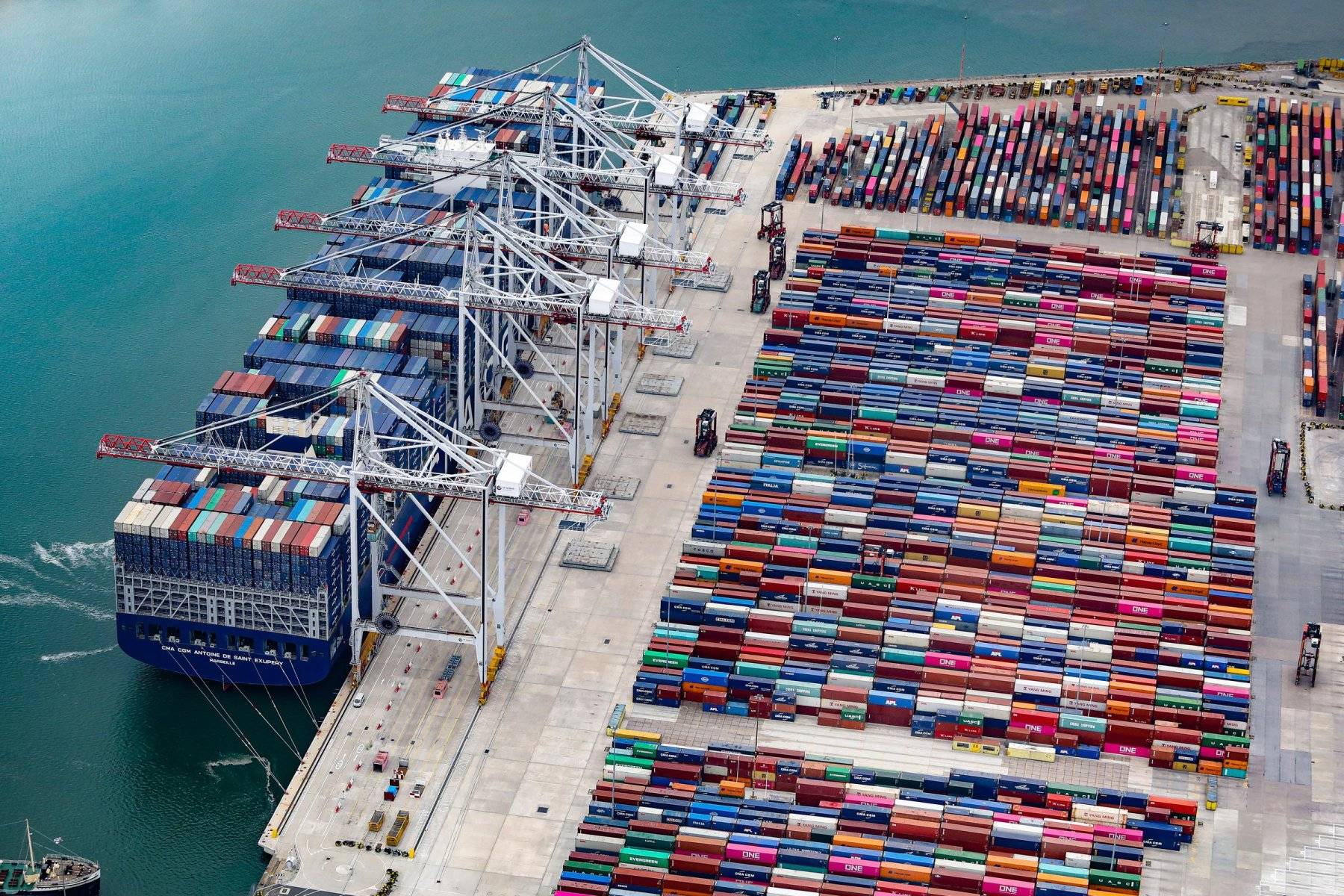Modern equipment and logistics management at container depots and their repair workshops ensure a continuous supply of containers for future shipments by freight forwarders and shipping companies. The general concepts and intricacies of depot services are worth exploring.
What is the role of container depots?
The logistics departments of shipping companies operate equipped container depots that are ready to receive containers from the nearest ports, rail lines, or stations until the next time for reloading. Additionally, leasing companies rent out inland warehouses where they store empty containers. These are inland container depots, or ICDs, which can be located on the inland coast rather than near the port.
The container depot is a "transshipment point" for empty containers after unloading that are stored until they are used again.
Once the containers have arrived at the depot, carriers, freight forwarders, consignees, and other participants in the logistics operation have access to them. The ability to check the quantity, integrity, or damage before transferring the goods to the receiving party as soon as possible allows you to streamline and plan further shipments.
Functions of container depots

The following are the functions of the container depot aimed at safe storage and logistics operations management:
Cargo consolidation: The depot is a convenient and equipped area to organize containers the way you need them.
Storing: After reloading, empty containers should be stored in the container depot or receiving party’s warehouse, following international standards. Moreover, the depot should contain refrigerated truck storage for any temperature-sensitive products.
Accounting: Depot employees are required to gather information on the condition, quantity, and placement of containers.
Managing: Members of the logistics operation, such as a carrier or shipping company, who use containers for shipping should be provided with timely access to empty containers.
Rail service – an integral part of the depot's operation
Significant speed in receiving and inventorying containers is achieved through rail service. Trucks or shuttle trains transport empty containers to the port.
Such route trains are called block trains, which require a minimum of 600 feet (0.18 km). Freight forwarders, shipping businesses, and others rent them on a predetermined schedule to move containers.
The block train route runs directly from the depot to the port for quick container transfers between different locations.
How do repair workshops serve?
Each depot should have a repair workshop, a facility on the territory of the container depot that provides centralized services to customers with containers to prepare them for further shipments. Depots properly store empties and allow access to them, ensuring the timeliness of repair work through repair workshops.
Repair workshops' operational tasks
Inspection: Any deformation or damage to the containers, from dents to breakages, should be noted at this stage. Cooling systems in refrigerated containers should also be considered to avoid short circuits during delivery.
Repairing work: Worn-out parts of the container are replaced, and, in addition to standard servicing, repair workshops also provide cleaning and washing of the boxes and periodic inspection. In addition, it is necessary to disinfect containers, including mold removal. These precautions will allow you to use the container for transportation soon.
Remodeling: At the request of the customer, the container can be modified for specialized shipping at the repair workshop.

Also, international maritime protocols such as IMO and ISO (ISO 6346:1995 – Coding, identification, and marking of containers) emphasize the importance of correct storage and a well-established system for identifying containers to streamline logistics operations.
However, the authorized inspector of the container owner has to permit the repair work to be carried out on the container and inspect it afterward.
Charges to prepare for
Mostly, container depots strive to provide shipping stakeholders with more storage space and better services. For example, the depot management's policy may include free pickup of containers from the warehouse or free transportation of empties.
However, depot rent and container handling fees are two of the main cost items for freight forwarders and carriers. In what case will you face higher rents?
This is often due to space limitations, or “shipping bottlenecks,”, because of improper logistics planning in the depot when containers are placed on top of each other. Thus, containers are unloaded from the upper unit, and storage fees may be added for the lower containers.
To address this situation, shipping companies negotiate with depot management about the timeframe for storing containers to avoid delays and contact specialists who deal with individual logistics requests, accounting for all possible circumstances.
In turn, the fees for moving containers to the mechanic depot are reviewed from time to time.
Conclusion
The supply chain is powered by such optimized processes as the handling of empty containers and their delivery, whether they are owned by shipping companies or leased through container depots.
Each stakeholder in the logistics operations requires information on the availability of the right quantity of containers or their current repair, equipment availability, bookings, and more to easily plan future shipments. For this reason, you can create an individual request for a freight rate for the all-in-one organization of your cargo transportation with the meaningful help of experienced experts.
Do not hesitate to contact us at [email protected] for assistance with any of your logistics needs.

